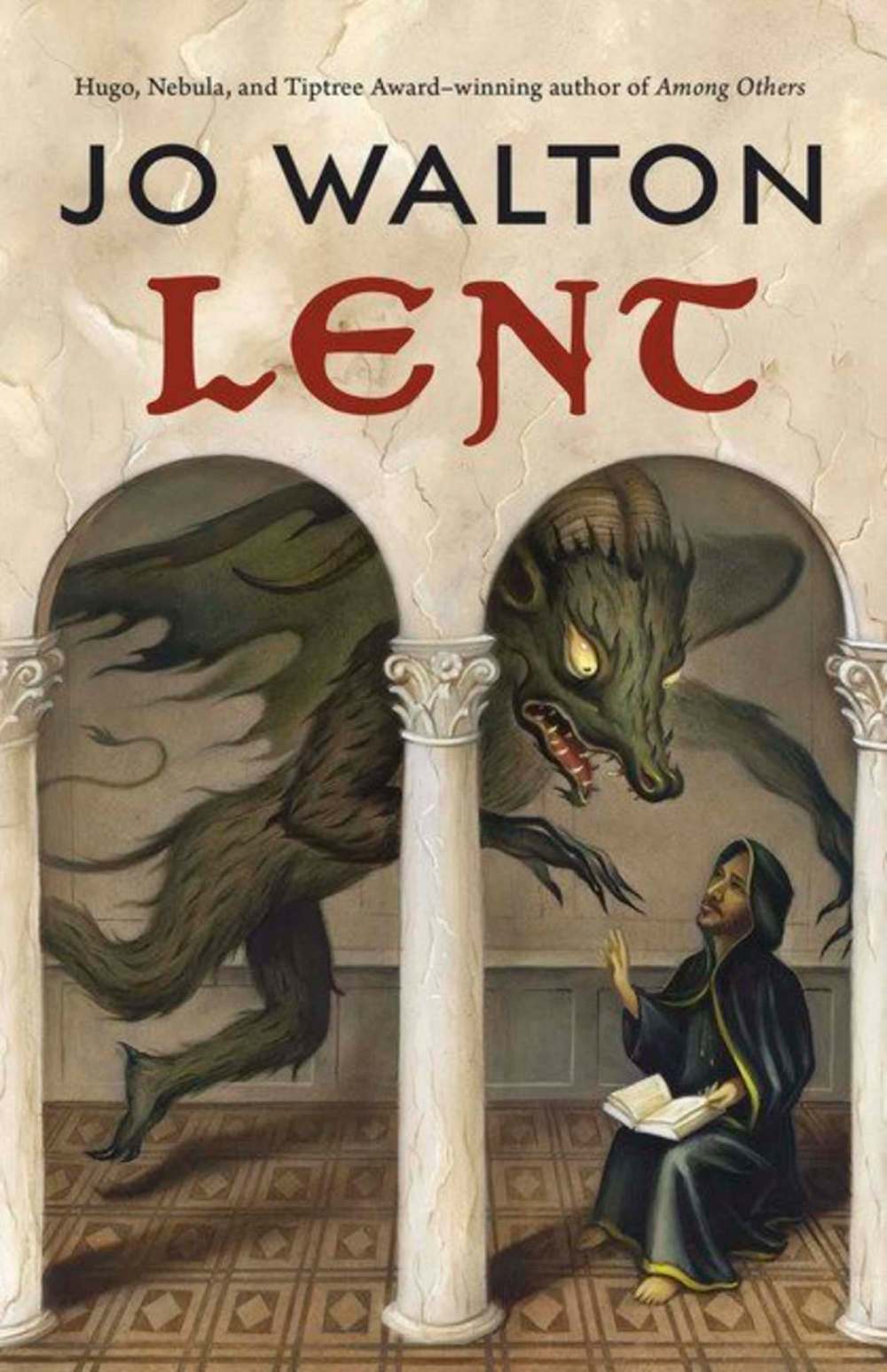‘Mad monk’ novel melds sci-fi, spiritual
Advertisement
Read this article for free:
or
Already have an account? Log in here »
To continue reading, please subscribe:
Monthly Digital Subscription
$0 for the first 4 weeks*
- Enjoy unlimited reading on winnipegfreepress.com
- Read the E-Edition, our digital replica newspaper
- Access News Break, our award-winning app
- Play interactive puzzles
*No charge for 4 weeks then price increases to the regular rate of $19.00 plus GST every four weeks. Offer available to new and qualified returning subscribers only. Cancel any time.
Monthly Digital Subscription
$4.75/week*
- Enjoy unlimited reading on winnipegfreepress.com
- Read the E-Edition, our digital replica newspaper
- Access News Break, our award-winning app
- Play interactive puzzles
*Billed as $19 plus GST every four weeks. Cancel any time.
To continue reading, please subscribe:
Add Free Press access to your Brandon Sun subscription for only an additional
$1 for the first 4 weeks*
*Your next subscription payment will increase by $1.00 and you will be charged $16.99 plus GST for four weeks. After four weeks, your payment will increase to $23.99 plus GST every four weeks.
Read unlimited articles for free today:
or
Already have an account? Log in here »
Hey there, time traveller!
This article was published 01/06/2019 (2376 days ago), so information in it may no longer be current.
The elevator pitch game in describing a new Jo Walton release as “X meets Y” nearly always involves combinations as apparently bizarre as they are intriguing. The Just City, for example, was a mash-up of a Platonic dialogue with a science-fiction dystopia and a dash of Homeric epic.
Lent, a slow-moving but ultimately interesting read, also fits this mould, but this is not obvious at first; it starts out like a traditional work of historical fiction (with some Christian apologetics thrown in) and stays this way for more than 100 pages. The main character is Girolamo Savonarola, a historical figure during the Medici era of Florence, known as a mad monk, prophet and exorciser of demons.
Despite the fantastic elements to the plot, the first third of the novel is slow moving. Girolamo is the leader of a monastery and feels it is his destiny, at a time when the Catholic church and pope are incredibly corrupt, to create a city of God.

At the same time, he is prophesying a possible French invasion of Florence and the eventual sack of Rome, and hopes to avert at least the former.
But as a monk and a preacher and a respected member of the city community, the way Girolamo gets things done is by talking and listening. He banishes demons, but they are invisible to most and have no real physical power, so this is not a setup for a Hollywood Van Helsing-style action thriller. Nor does the “mad monk” appellation the historical Girolamo received seem to fit the quiet and retiring character in the novel, who rarely raises his voice.
What is interesting is to see Walton, never a fan of clear borders between genres, using a science-fictional approach — applying logic and extrapolating from known principles — to deal with theological questions. Girolamo has a goal of achieving spiritual salvation and guiding history using the glimpses he receives from the beyond, along with the practical knowledge of political, economic and military realities.
He also needs to know details of how the universe works. Yes, souls will travel to heaven, hell or purgatory, according to an arcane set of rules described in church documents. But the Scriptures and papal proclamations, since they do not always agree, cannot be fully relied on.
So, some of the questions he needs answered come from a careful legal parsing of doctrine, while others involve empirical reasoning and experimental trials such as a physicist or astronomer might apply to testing hypotheses.
Other authors have taken fantasy setups and applied science-fictional story logic, but not many. And few have the genre-blending pedigree of Walton to do it so effectively. Nor has it perhaps been applied to so suitable a setting.
The theologians of the time — some of them, at least — were as familiar with Aristotle as St. Augustine. They assumed the observations of astronomers and theologians were all leading to the same ultimate understanding of a consistent and rule-based universe and were just trying to work out the details.
Walton, in her story, provides observable supernatural data that make a solution possible where it was not for working scholars in the real world.
It makes for a unique and thoughtful novel. Not as revolutionary as some of Walton’s other works, and it requires more effort on the part of the reader, but a unique Lenten read.
Joel Boyce is a Winnipeg writer and educator.


